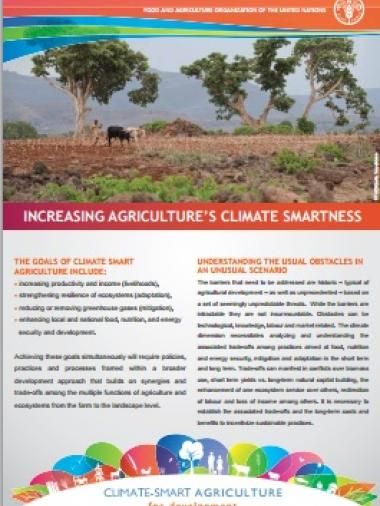Methods for Measuring Greenhouse Gas Balances and Evaluating Mitigation Options in Smallholder Agriculture

This book can be downloaded from the publisher's website.
Agriculture in tropical developing countries produces about 7–9 % of annual anthropogenic greenhouse gas (GHG) emissions and contributes to additional emissions through land-use change (Smith et al. 2014). At the same time, nearly 70 % of the technical mitigation potential in the agricultural sector occurs in these countries (Smith et al. 2008). Enabling farmers in tropical developing countries to manage agriculture to reduce GHG emissions intensity (emissions per unit product) is consequently an important option for mitigating future atmospheric GHG concentrations.
Our current ability to quantify GHG emissions and mitigation from agriculture in tropical developing countries is remarkably limited (Rosenstock et al. 2013). Empirical measurement is expensive and therefore limited to small areas. Emissions can be estimated for large areas with a combination of field measurement, modeling and remote sensing, but even simple data about the extent of activities is often not available and models require calibration and validation (Olander et al 2014). These guidelines focus on how to produce field measurements as a method for consistent, robust empirical data and to produce better models.s.
Citation
Rosenstock TS, Rufino MC, Butterbach-Bahl K, Wollenberg E, Richards M, (Eds.). 2016. Methods for Measuring Greenhouse Gas Balances and Evaluating Mitigation Options in Smallholder Agriculture. SpringerNature.